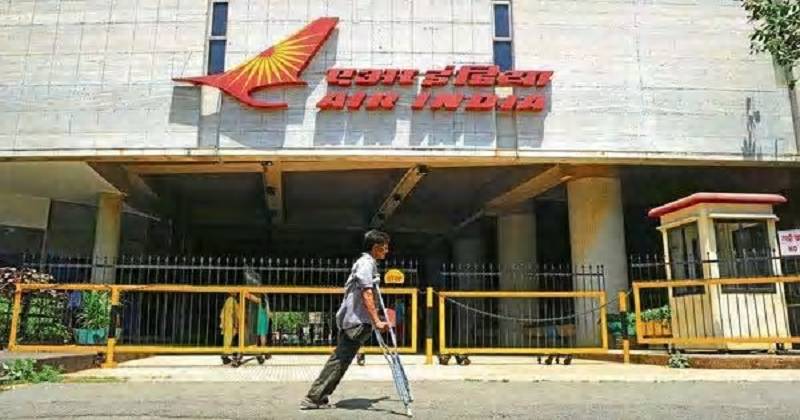
India’s economy after liberalization is filled with challenges and opportunities, which warrants keen introspection into-structure and performance of various sectors alongside its human face. This collection of papers drafted by young scholars of the Centre for Development Studies, Trivandrum demonstrates an exemplary cohesion of issues concerning the economy during the post-reform era. They address contentious issues like slowing down of agricultural growth, deviations from the ideal pattern of inter-sector linkages, poverty comparisons and regional variations.
The Centre, as the majority shareholder of these PSUs, would be the biggest benefactor of a higher payout. Further, it asked them to consider not just current year profitability, but also dip into their financial reserves for these dividends. As the majority owner, the Centre is within its rights to do all this. Except, most of these moves have the net effect of weakening PSUs financially, eroding their autonomy, and sending the message that the government’s funding needs are an additional consideration in the business choices of PSUs.
The divergence in performance on the market is especially pronounced since December 2016. It is a reflection of how little things have changed nearly 30 years after economic liberalization. The non-banking PSUs in operation cover a wide swath of economic sectors, including aviation, minerals, steel, capital goods, fertilizers, trading, power and logistics. In recent years, the richer, better-performing PSUs have consistently maintained or increased their dividend payout despite a dip in profitability and mounting levels of debt. In 2018-19, of the 102 PSUs that paid a dividend, 61 paid more than 30% of the net profit they earned that year.

Post Your Comments